Make Your Own DIY Straw Bale Greenhouse For Sustainable Gardening
If you need a greenhouse but can’t afford to go all out with conventional aluminium frames, try a straw bale greenhouse. They help you to save money and grow sustainably
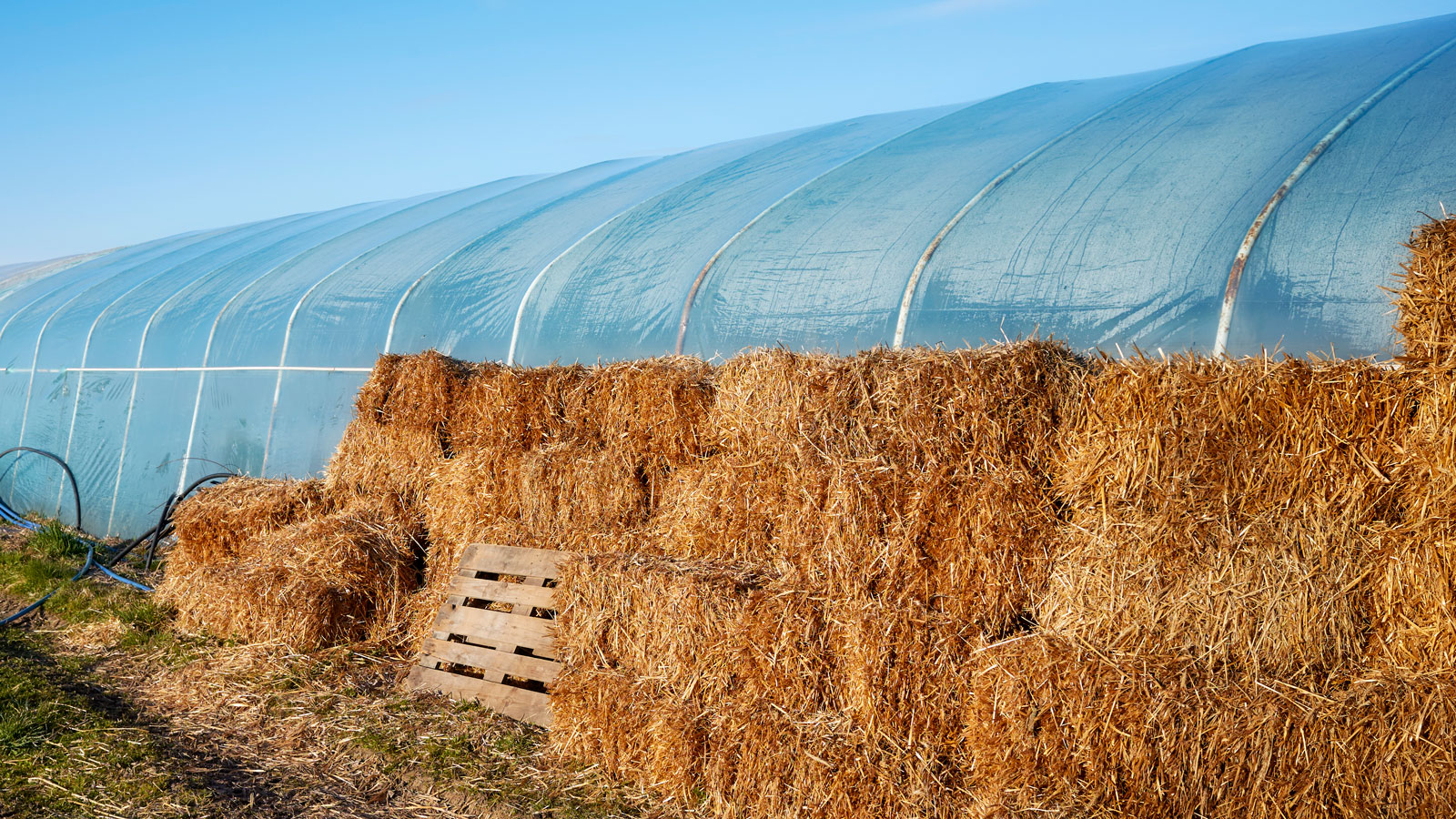
If you have never considered using a straw bale greenhouse, the first question is: why do you need one? Depending on where you live or what you want to grow, there are several compelling reasons. A greenhouse, while a necessity in some regions, can be cost-prohibitive. Hay bales are strong, economical, insulating, sustainable and even fire-resistant, making them an excellent choice for use in a greenhouse.
For anyone exploring affordable and energy-efficient greenhouse gardening options, a hay bale greenhouse ticks a lot of boxes. Straw bale greenhouse plans may be rudimentary or complex, and can vary according to your budget.
Getting Started with a Straw Bale Greenhouse
The practice of straw bale gardening is nothing new. Indeed, the technique of building with straw bales has been around since the early 1900s, when the use of compressed hay bale technology emerged in the Great Plains.
The first thing to consider is how you will use your greenhouse. Is it meant to be a permanent structure or temporary? What is your budget? You will have to have some type of see-through material, whether it’s glass or plastic. Glass is expensive and quite heavy, so any hay bale greenhouse plan must account for the support of such a weighty object.
Low-cost greenhouses, made complete with plastic sheeting, are vulnerable to the weather. They often end up shredded at the first wind storm. If you choose to use plastic over glass, make sure you purchase thick, resilient plastic sheeting.
Types of Straw Bale Greenhouse
There are two basic types of straw bale greenhouse construction – load bearing, and post and beam infill. Load bearing means the roof and windows are supported by straw bale walls, which need to be protected with plaster. This type of construction will also have to be okayed according to zoning and commercial codes.
By comparison post and beam infill construction is when the bales are placed between supporting studs and roof framing.
Gardening tips, videos, info and more delivered right to your inbox!
Sign up for the Gardening Know How newsletter today and receive a free copy of our e-book "How to Grow Delicious Tomatoes".
Straw Bale Greenhouse Ideas
Wood may also be used in the construction of a straw bale greenhouse. This would likely be the load-bearing portion of the structure, often used to support the weight of the glass. Another option is to use PVC piping, which is lightweight yet sturdy.
One of the least expensive hay bale greenhouse ideas is to make a covered trellis using conditioned hay bales, and two curved cattle panels (fencing) inside a wood frame consisting of four 2x4s. The entirety is covered in four-mil plastic and secured with zip ties, staples and a zipper.
The conditioned bales heat the space for starting seeds and provide an area for seed trays. Once the weather warms, remove the plastic and allow climbers such as cucumbers or squashes to cover the structure.
How to Build a Straw Bale Greenhouse
Once you have given some thought to the materials, budget, location and gardening requirements, follow these basic steps to straw bale greenhouse construction:
- First considerations are the foundation, framing and roof. Load-bearing structures only need the foundation done at this point. Think about the inclusion of a roof overhang to protect the plastered bales.
- Stacking the bales comes next. Depending on how large your structure is, you may want to enlist the help of friends. Bales may be sandwiched between wood framing and may require metal pins to stabilize the bales. Also, a layer of rigid foam or tar might be needed to seal areas where moisture may enter the wall.
- Add lath, like chicken wire netting, to the exterior and interior walls. This layer allows the plaster to adhere better.
- Stitch the walls together using poly twine to secure the straw bales and connect the lath.
- Plastering is a messy job, but can be fun. Plaster is usually applied in three layers of different thicknesses to cover the bales. There may be different recipes for each layer, which may be earth-based (lime, mud, sand) or Portland cement base, which is both sand and lime.
- Finish the carpentry work. This means adding doors, greenhouse ventilation in the form of vents, and windows, as well as a roof if this is a load-bearing construct.
Gardening in a Straw Bale Greenhouse
Straw bale greenhouses are quite environmentally friendly, low cost, fairly simple to construct, pest resistant, and excellent insulators. Hay bales won’t last forever, though, especially if you don’t protect them. Use roof overhangs, plaster coating, high stem walls and drainage channels. You will also need to be able to open the windows of the dwelling to monitor heat and moisture.
If you are building a hay bale greenhouse more for subsistence or commercial use, be aware that you may need supplemental greenhouse heating and blowers. This is an additional cost, even if they’re solar powered. Finally, you need to contact your local government. This type of construction, while age-old, isn’t always certified. You need to find out about local codes and ordinances, and apply for the proper permits.

Amy Grant has been gardening for 30 years and writing for 15. A professional chef and caterer, Amy's area of expertise is culinary gardening.
-
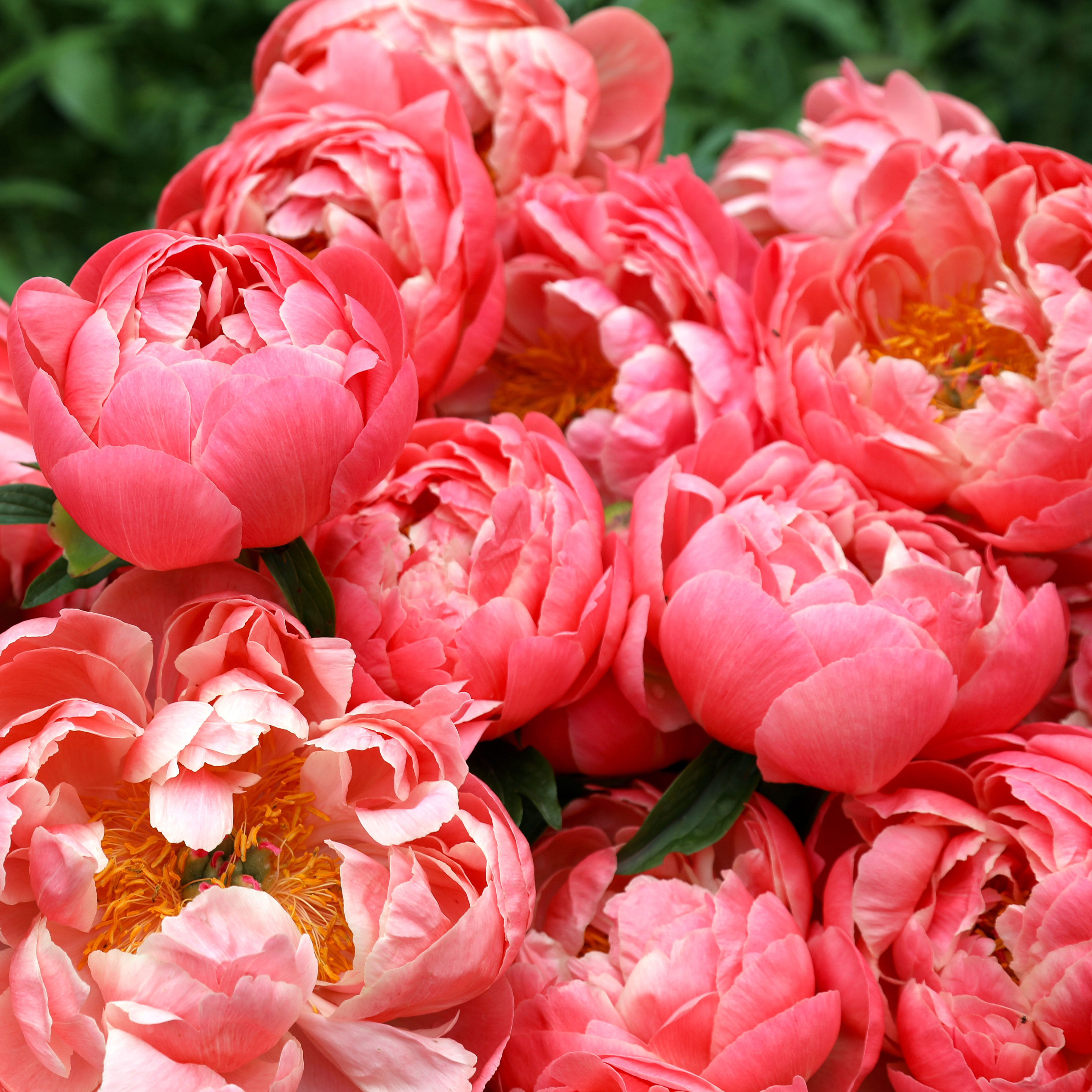 ‘Coral Charm’ Peony Care For Sublime Semi-Double Peonies With Lush Salmon Pink Flowers
‘Coral Charm’ Peony Care For Sublime Semi-Double Peonies With Lush Salmon Pink FlowersPeonies are known for their soft baby pink or magenta tones, but if plushy coral blooms are your thing, here’s our guide to the ultimate ‘Coral Charm’ peony care
By Tonya Barnett
-
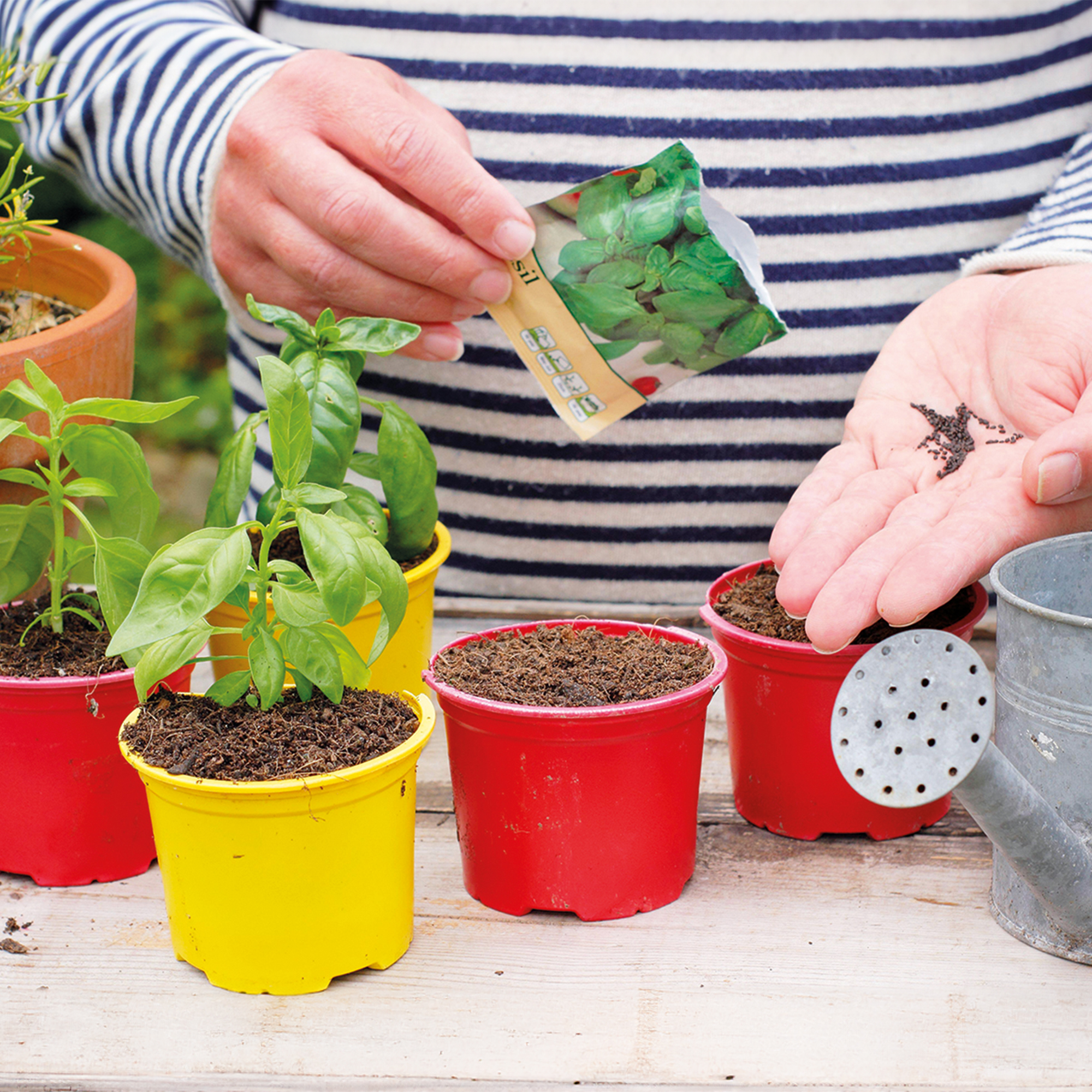 How To Grow Seeds Quickly: 8 Expert Tricks For Fast Flowers & Crops
How To Grow Seeds Quickly: 8 Expert Tricks For Fast Flowers & CropsIt's never too late to start growing! Jump-start your flower or vegetable garden with these pro tips and tricks for germinating seeds in record time.
By Amy Grant
-
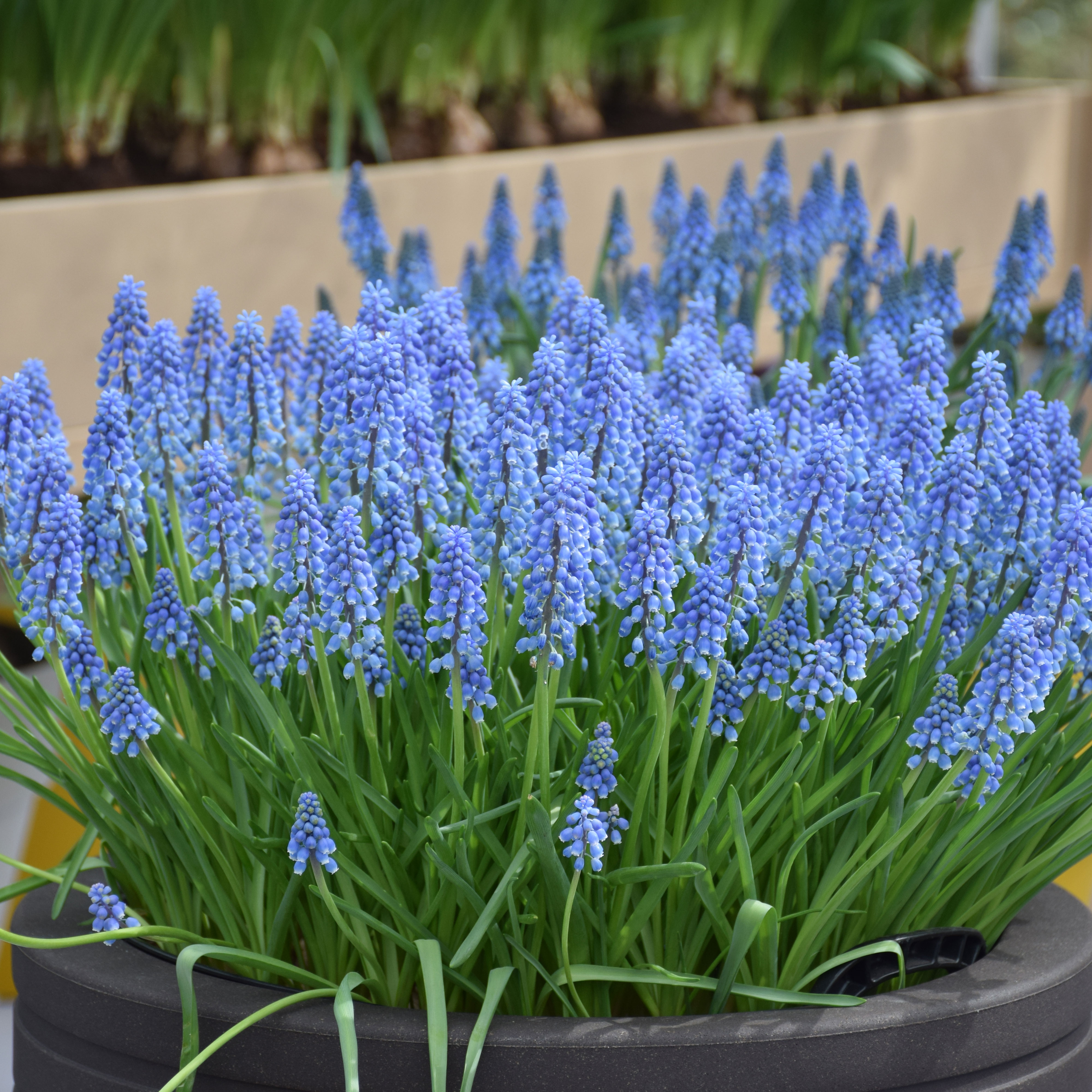 Ultimate Potted Flowers For Spring: 8 Brilliant Blooming Options for Spring Containers
Ultimate Potted Flowers For Spring: 8 Brilliant Blooming Options for Spring ContainersCelebrate the most uplifting of seasons with the most dazzling container flowers imaginable. Here, we present some of the loveliest potted flowers for spring…
By Tonya Barnett
-
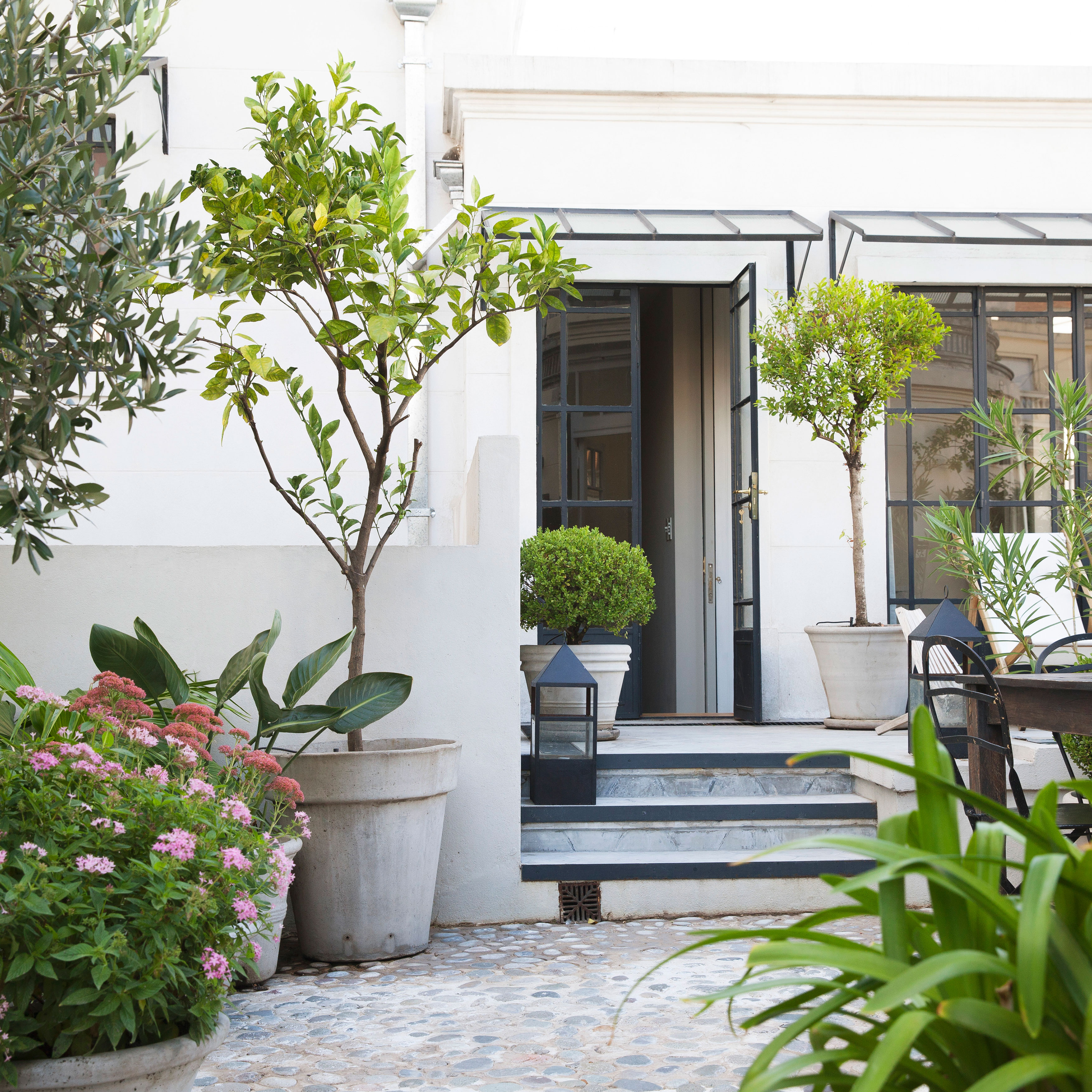 Best Trees For Containers: Create A Potted Grove On Your Porch With These 8 Compact Varieties
Best Trees For Containers: Create A Potted Grove On Your Porch With These 8 Compact VarietiesWe may not always think of trees as being obvious candidates for pots, but there are a few that not only thrive but flourish. Here are some of the best trees for containers
By Teo Spengler
-
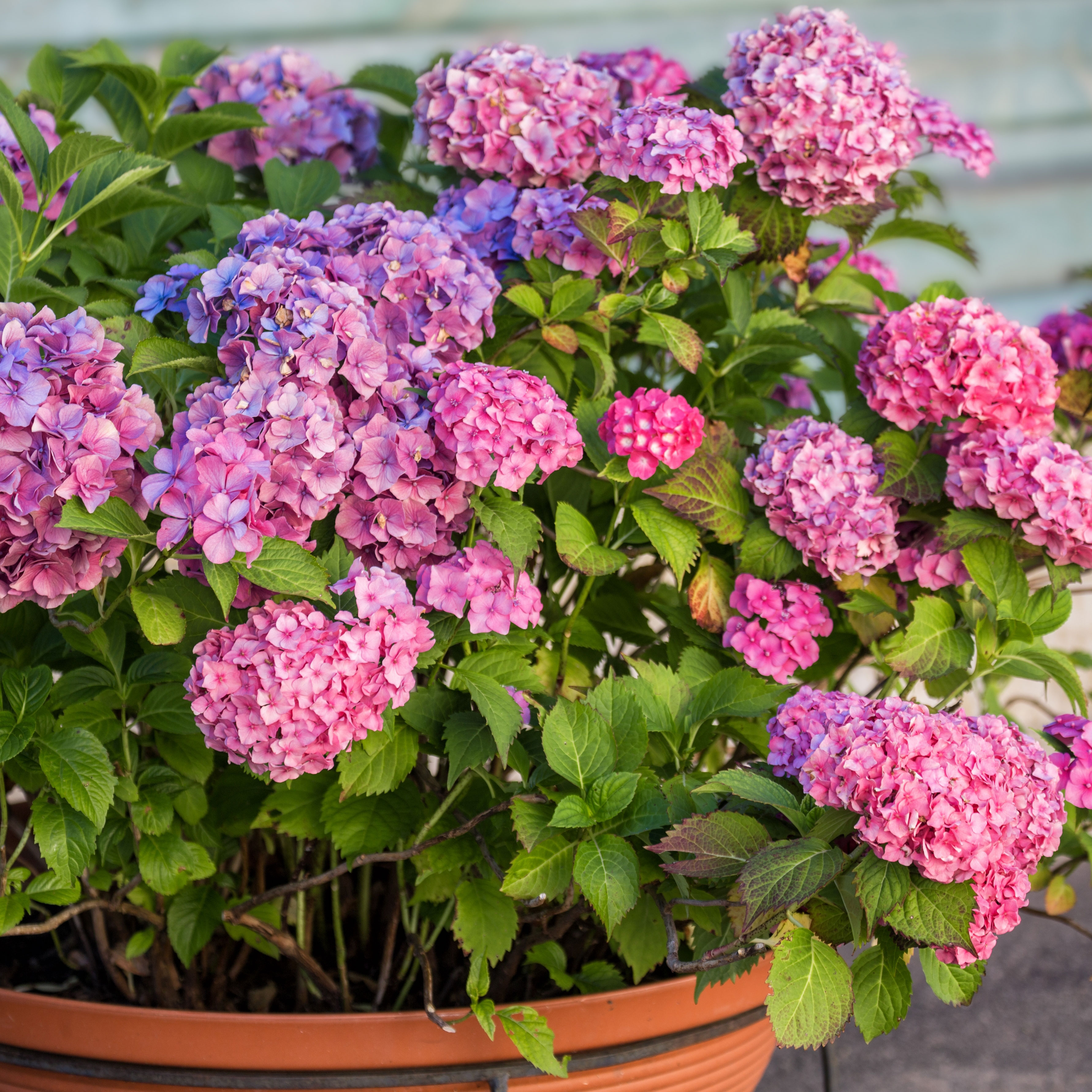 Best Plants For Container Gardening: Try These 10 Easy Ornamental And Edible Options For Pots
Best Plants For Container Gardening: Try These 10 Easy Ornamental And Edible Options For PotsGardening with pots is a quick way to make more of smaller spaces – but which edibles and ornamentals are right? Here are some of the best plants for container gardening
By Mary Ellen Ellis
-
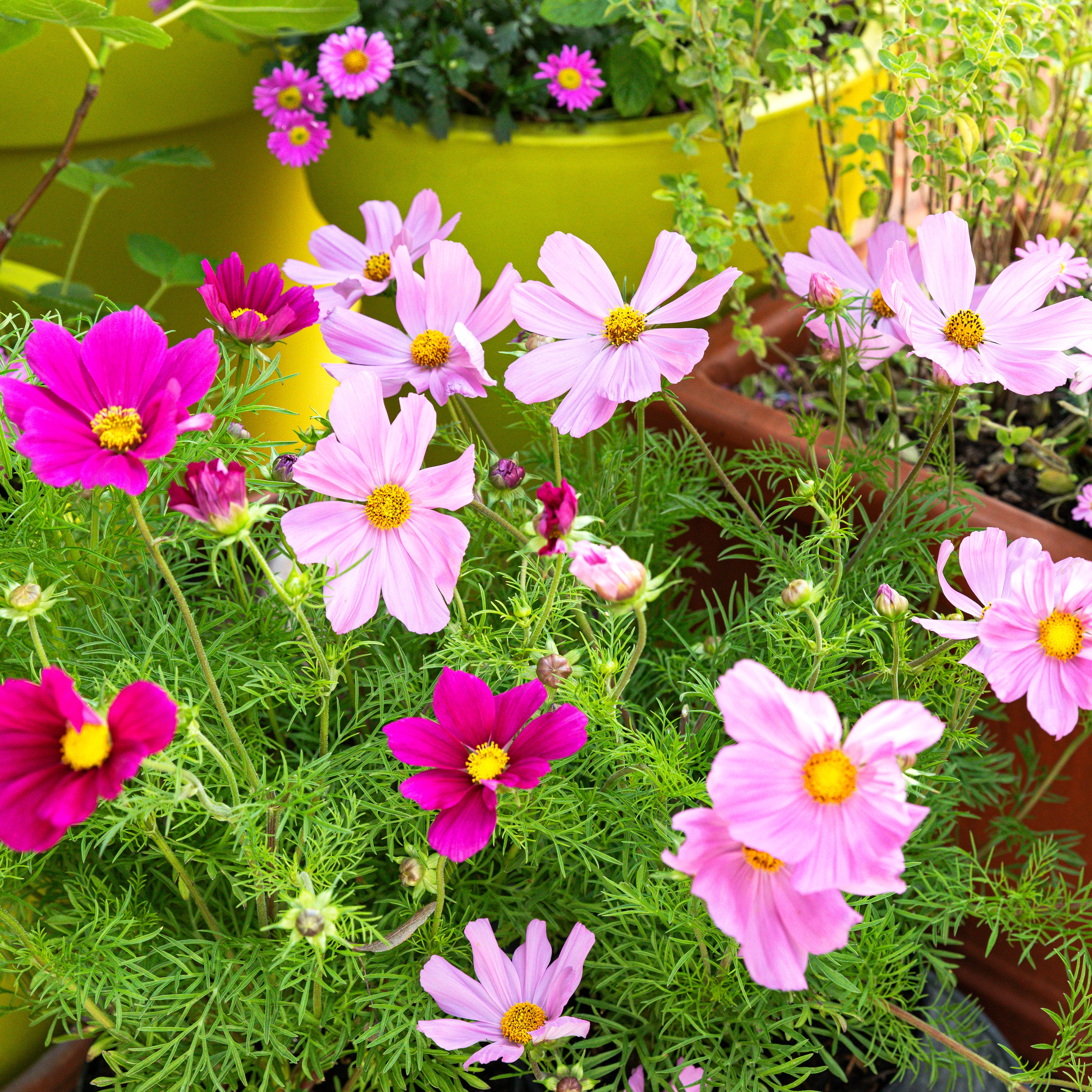 How To Grow A Cut Flower Container Garden – For Gorgeous Fresh Blooms Even In Small Spaces
How To Grow A Cut Flower Container Garden – For Gorgeous Fresh Blooms Even In Small SpacesCut flower cultivation may bring to mind tall, statuesque plants in beds and borders – but you can also grow a cut flower container garden for bold blooms in smaller spaces
By Tonya Barnett
-
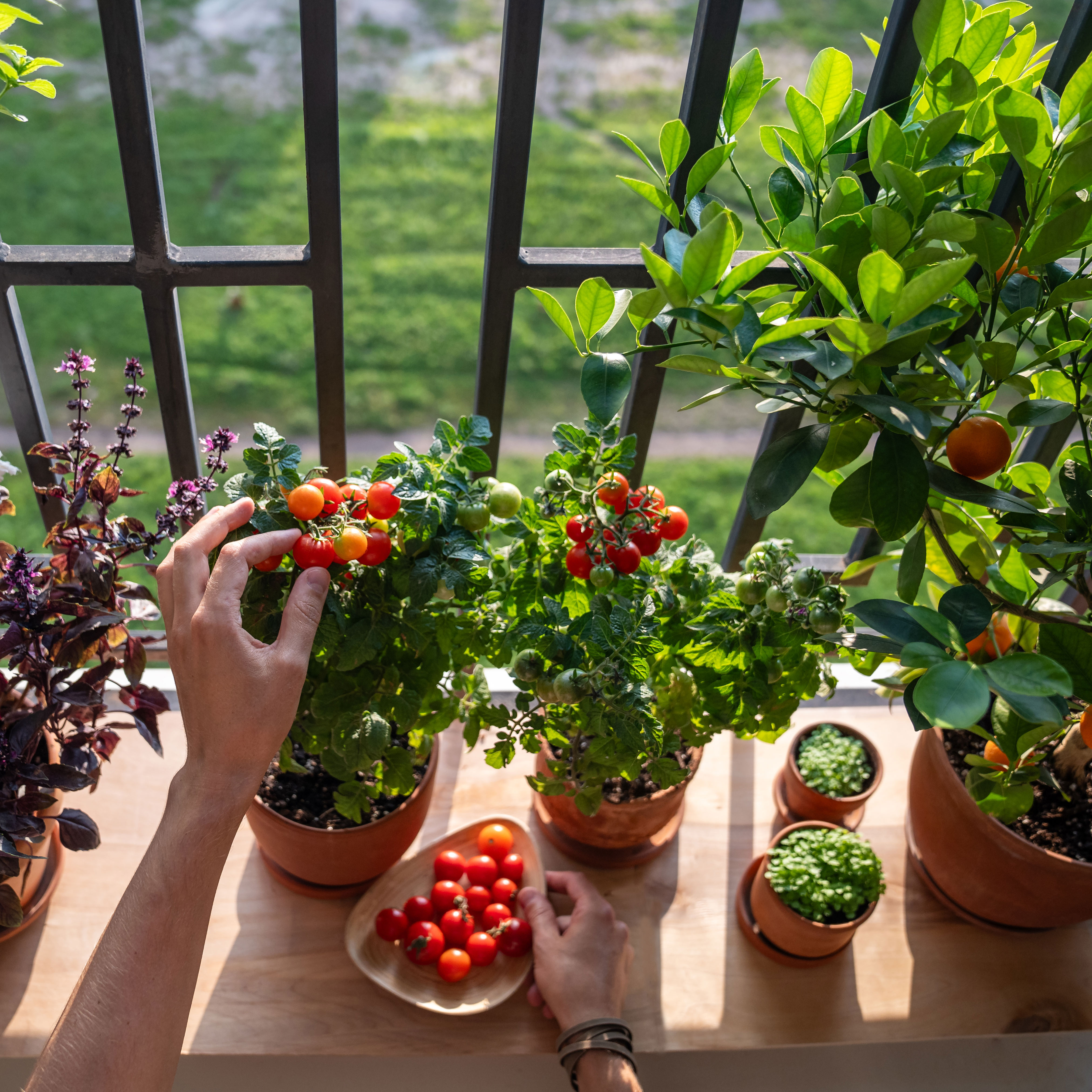 Cheap Container Vegetable Gardening Ideas To Save Money And Maximize Space And Harvests
Cheap Container Vegetable Gardening Ideas To Save Money And Maximize Space And HarvestsKeen to grow potted crops but looking to save money? Let these cheap container vegetable gardening ideas inspire you and free up funds this gardening year
By Bonnie L. Grant
-
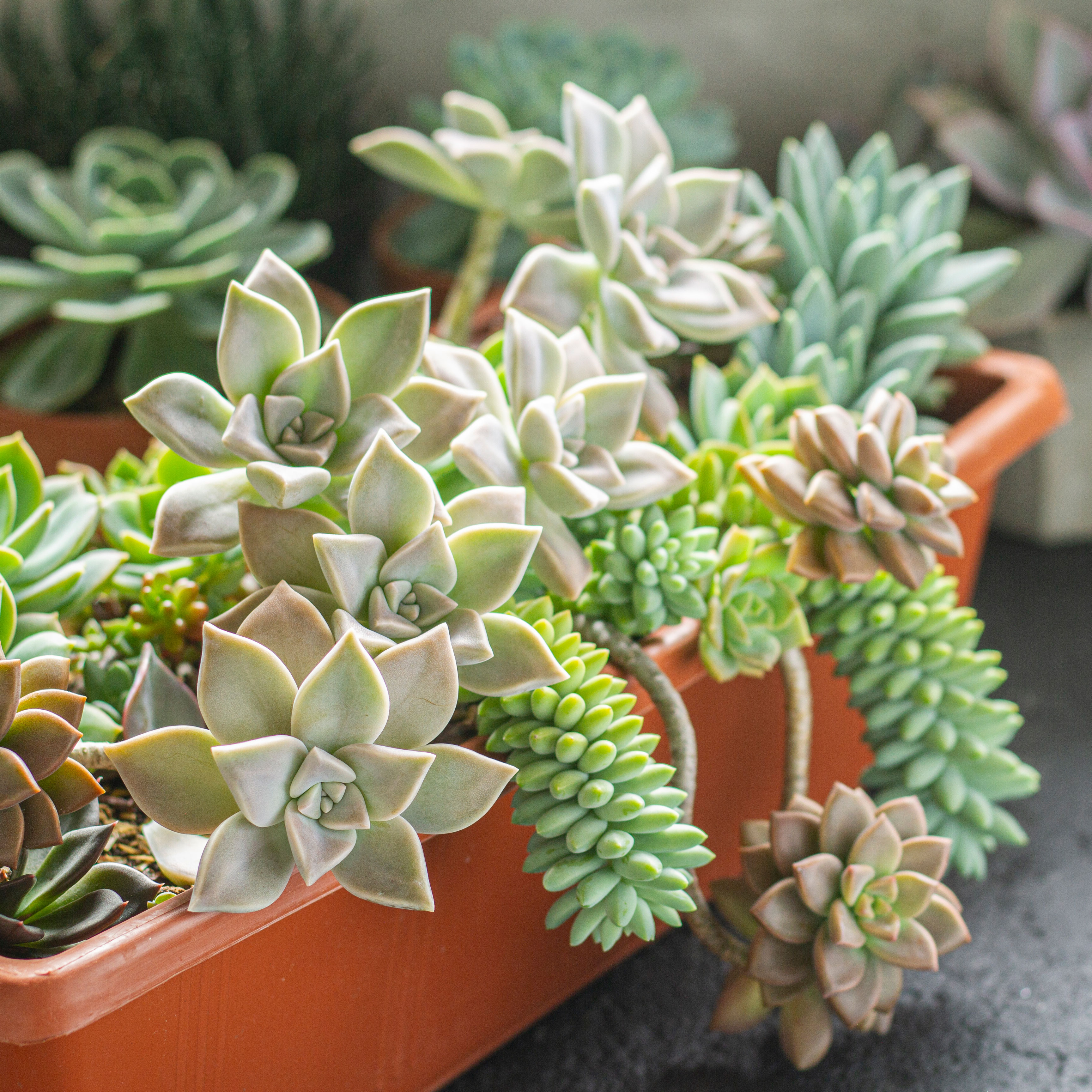 5 Sensational Succulent Arrangement Ideas For A Showstopping Container Anyone Can Try
5 Sensational Succulent Arrangement Ideas For A Showstopping Container Anyone Can TryFew things are guaranteed with gardening, but the combination of succulents with pots is an easy win. Here are some of the best succulent arrangement ideas to try
By Bonnie L. Grant
-
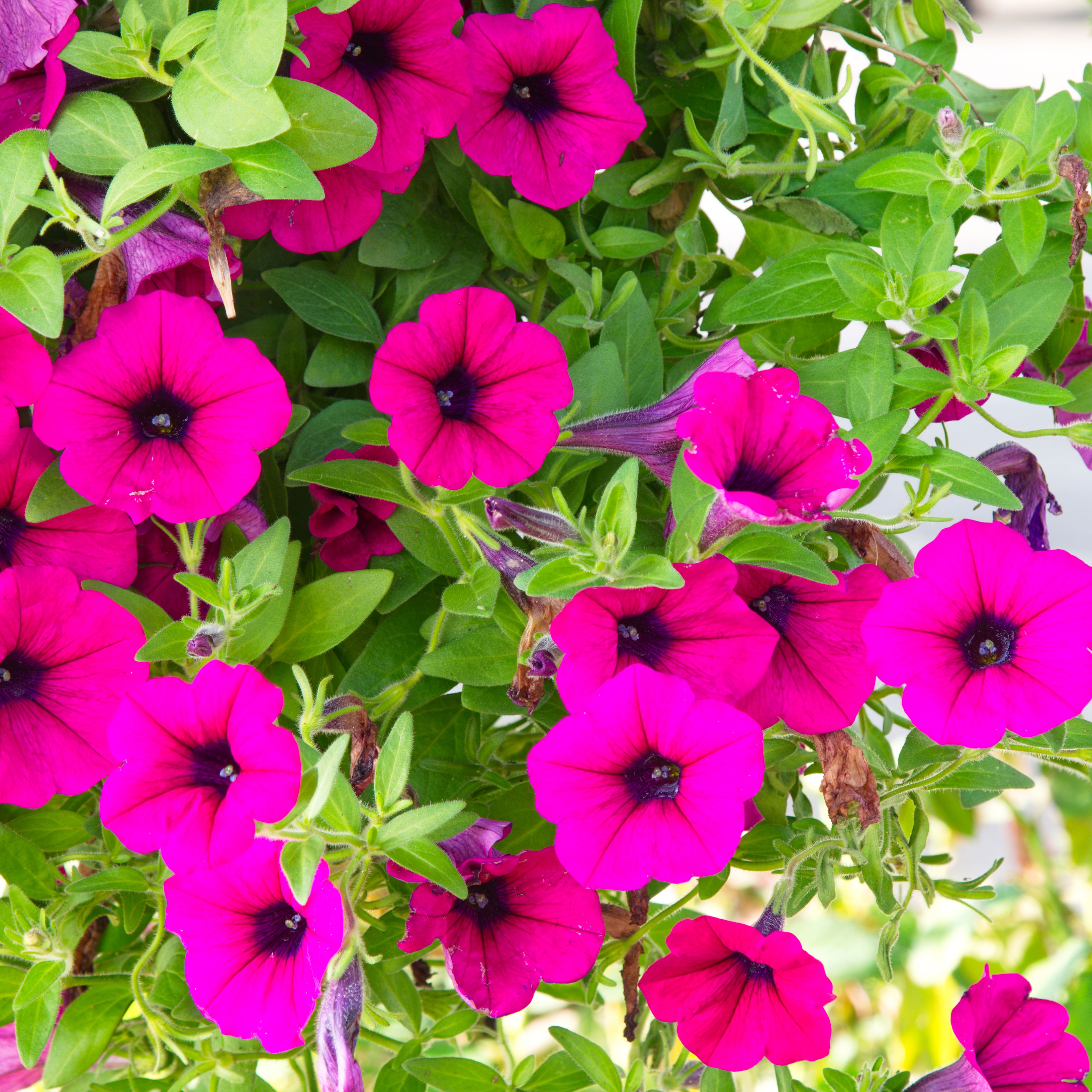 Elevate Your Flower Power: 10 Best Flowers For Hanging Baskets
Elevate Your Flower Power: 10 Best Flowers For Hanging BasketsWhether you’re after styling up a patio with a medley of color or practical ways to conceal a drab wall, here are some of the best flowers for hanging baskets…
By Tonya Barnett
-
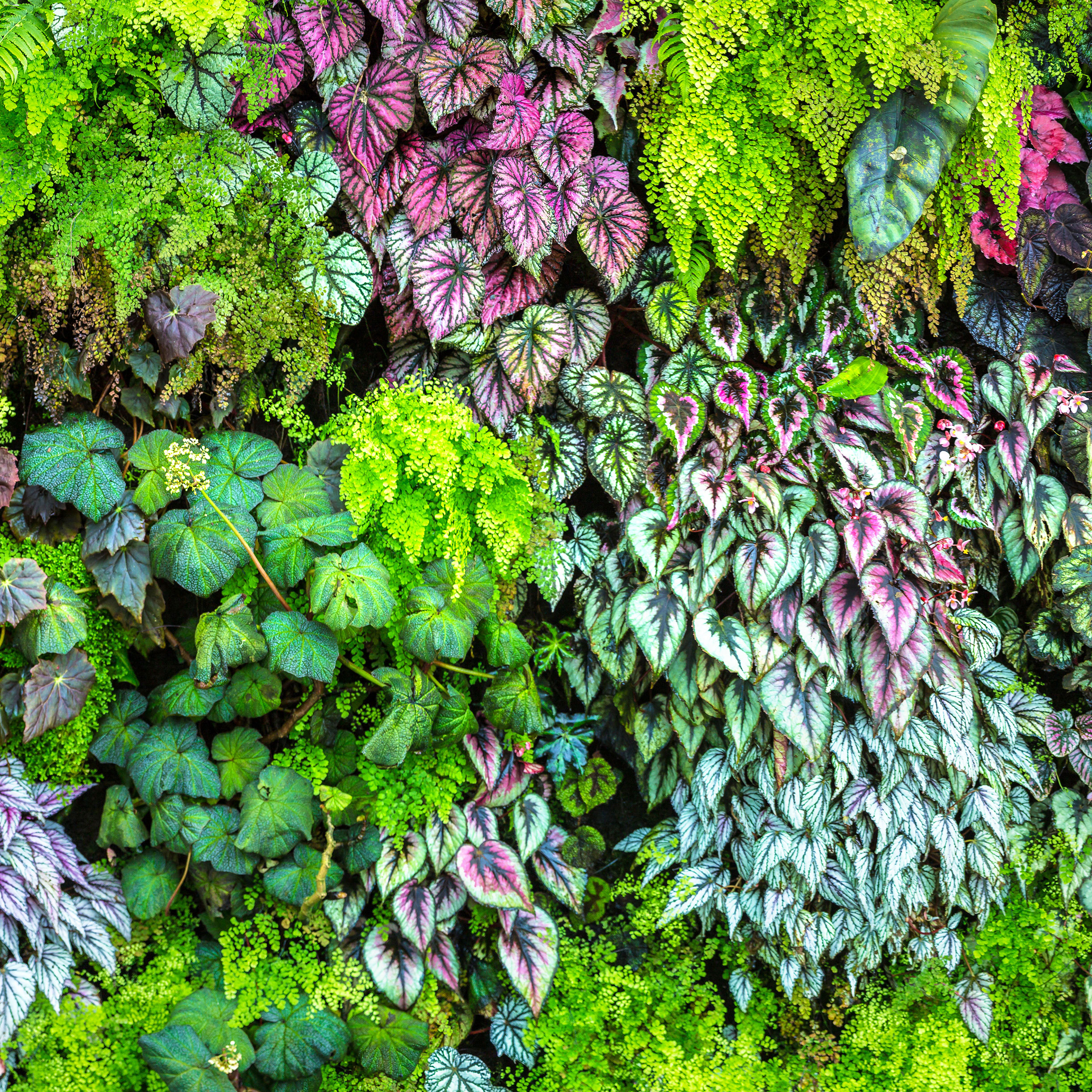 Easy Vertical Gardening Hacks For Beginners: Why You Should Grow Up, And 3 Ways To Do It!
Easy Vertical Gardening Hacks For Beginners: Why You Should Grow Up, And 3 Ways To Do It!If you’re short on space or keen to make the most of every inch, vertical gardening is the way to grow. We explain how to plan & plant up with three easy building methods
By Teo Spengler